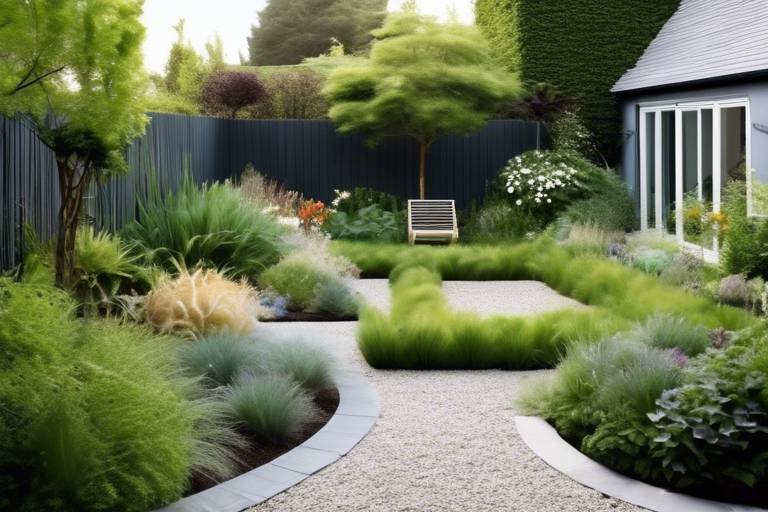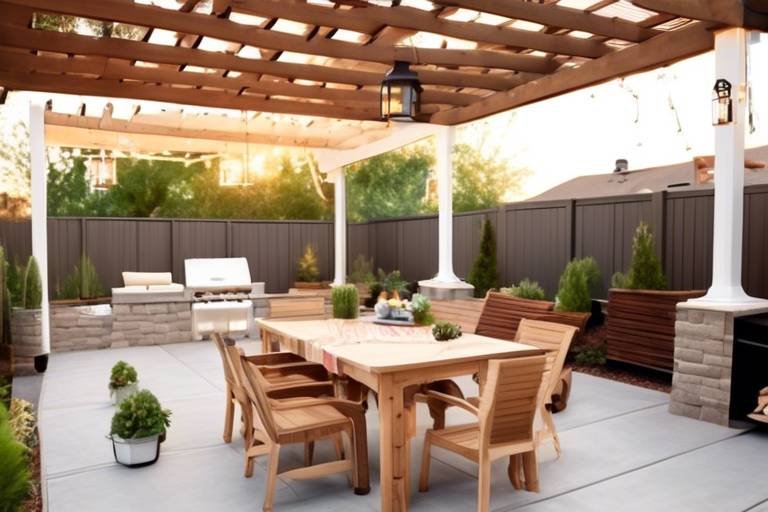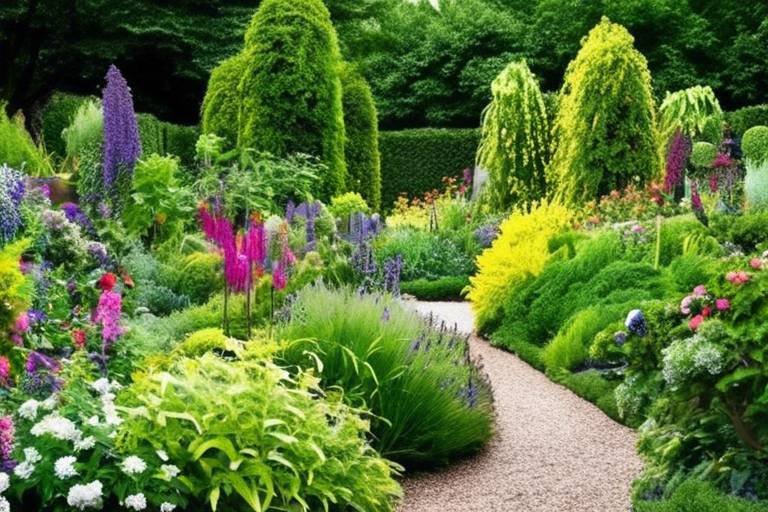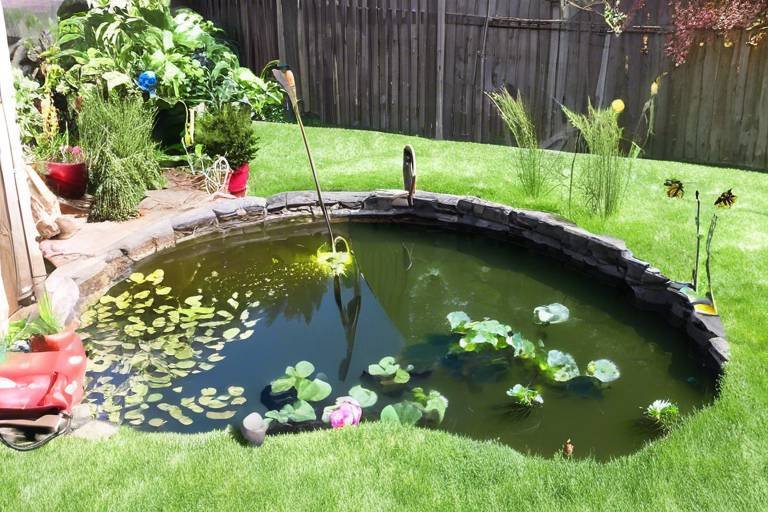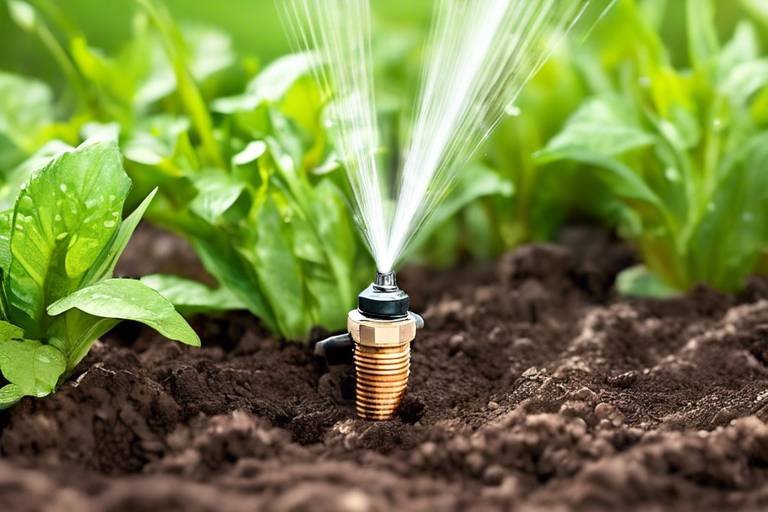How to Create a Garden with Minimal Upkeep
Creating a garden that thrives with minimal upkeep is a dream for many gardeners. By incorporating strategic planning and smart practices, you can enjoy a beautiful outdoor space without the constant need for maintenance. From choosing the right plants to implementing eco-friendly practices, there are various ways to design a low-maintenance garden that requires minimal time and effort.

Choosing the Right Plants
Tips and strategies for designing and maintaining a low-maintenance garden that requires minimal time and effort to keep it thriving.
Selecting the right plants is crucial for creating a low-maintenance garden that flourishes with minimal care. Opt for plants that are low-maintenance, drought-tolerant, and native to your region. These plants are well-adapted to the local climate and soil conditions, requiring less water and attention to thrive. By choosing plants that are suited to your environment, you can significantly reduce the time and effort needed for maintenance.
Consider creating a plant palette that includes a variety of species with different blooming times, colors, and textures. This not only adds visual interest to your garden but also ensures that there is always something in bloom throughout the seasons. By selecting a diverse range of plants, you can create a vibrant and dynamic garden that requires minimal upkeep.
Additionally, grouping plants with similar care needs together can make maintenance more efficient. Plants that have similar watering, sunlight, and soil requirements can be planted together, making it easier to provide them with the care they need. This strategic grouping also helps you target your efforts where they are most needed, saving time and energy in the long run.
Before making any plant selections, research the plants that thrive in your specific climate and soil conditions. Consider factors such as sun exposure, soil type, and water availability to ensure that the plants you choose are well-suited to your garden environment. By selecting plants that are naturally adapted to your area, you can create a garden that practically takes care of itself.

Efficient Irrigation Systems
Efficient Irrigation Systems are crucial for maintaining a low-maintenance garden that thrives with minimal effort. By installing drip irrigation or soaker hoses, you can efficiently water your plants while reducing water waste. These systems deliver water directly to the plant roots, ensuring optimal hydration without excess water evaporation or runoff.
One of the key benefits of drip irrigation is its ability to provide targeted watering, delivering moisture exactly where it's needed most. This not only conserves water but also helps prevent weed growth by avoiding unnecessary watering of non-plant areas. Soaker hoses, on the other hand, release water slowly along their length, allowing for deep root penetration and reducing surface evaporation.
When considering an efficient irrigation system, it's essential to factor in the specific water requirements of your plants. Grouping plants with similar watering needs together can further streamline the irrigation process, ensuring each plant receives the right amount of moisture without overwatering or underwatering.
Additionally, incorporating a timer or automated system can help you establish a consistent watering schedule, taking the guesswork out of garden maintenance. By setting specific watering times based on plant needs and weather conditions, you can optimize water usage and promote healthy plant growth.
Remember, the goal of efficient irrigation systems is to create a sustainable watering routine that supports plant health while minimizing water waste and manual labor. With the right system in place, you can enjoy a lush, thriving garden without the constant need for intensive watering and maintenance.
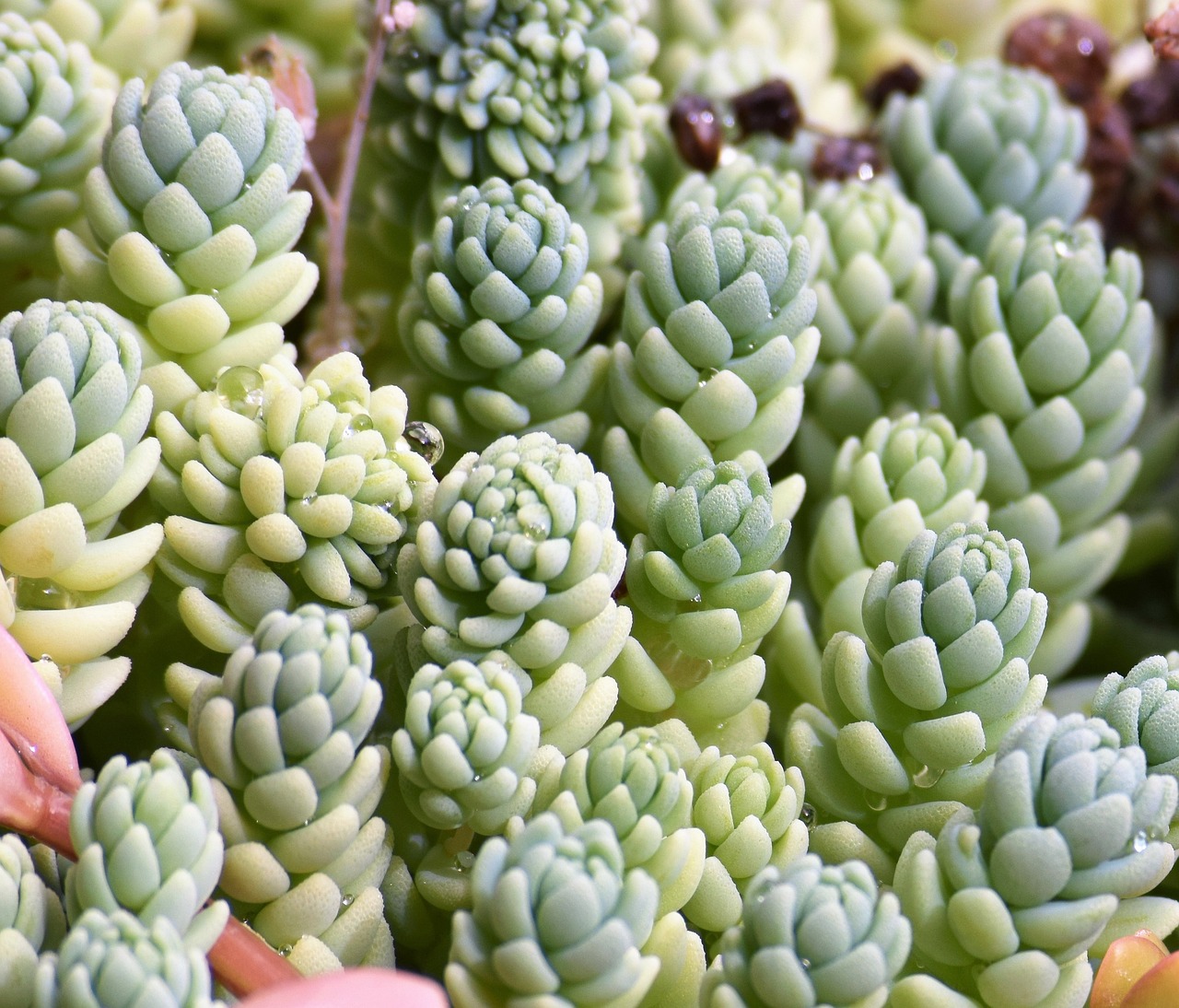
Strategic Mulching
When it comes to creating a low-maintenance garden that thrives with minimal effort, strategic mulching plays a crucial role in reducing the need for frequent watering and weeding. Mulch acts as a protective barrier, suppressing weeds, retaining moisture in the soil, and regulating its temperature. By strategically applying mulch around your plants, you can significantly decrease the time and energy spent on garden maintenance.
One of the key benefits of mulching is its ability to suppress weed growth. Weeds compete with your plants for nutrients and water, leading to increased maintenance requirements. By applying a layer of mulch around your garden beds, you can smother weed seeds and prevent them from germinating, reducing the need for manual weeding.
In addition to weed suppression, mulch helps retain moisture in the soil by reducing evaporation. This is especially beneficial in hot and dry climates where water conservation is essential. By keeping the soil consistently moist, mulch minimizes the frequency of watering, saving you time and resources in the long run.
Moreover, mulch acts as a natural insulator, regulating soil temperature throughout the changing seasons. In colder months, mulch helps protect plant roots from frost, while in warmer months, it prevents the soil from overheating. This stable soil temperature promotes healthy root growth and overall plant vitality, contributing to a low-maintenance garden environment.
When choosing mulch for your garden, opt for organic materials such as wood chips, straw, or shredded leaves. These natural options not only provide the benefits mentioned earlier but also break down over time, enriching the soil with essential nutrients. Additionally, organic mulches improve soil structure, promote beneficial microbial activity, and enhance overall plant health.
By incorporating strategic mulching practices into your garden design, you can create a thriving outdoor space that requires minimal upkeep. Whether you're a seasoned gardener or just starting out, the simple act of mulching can make a significant difference in the health and maintenance of your garden.
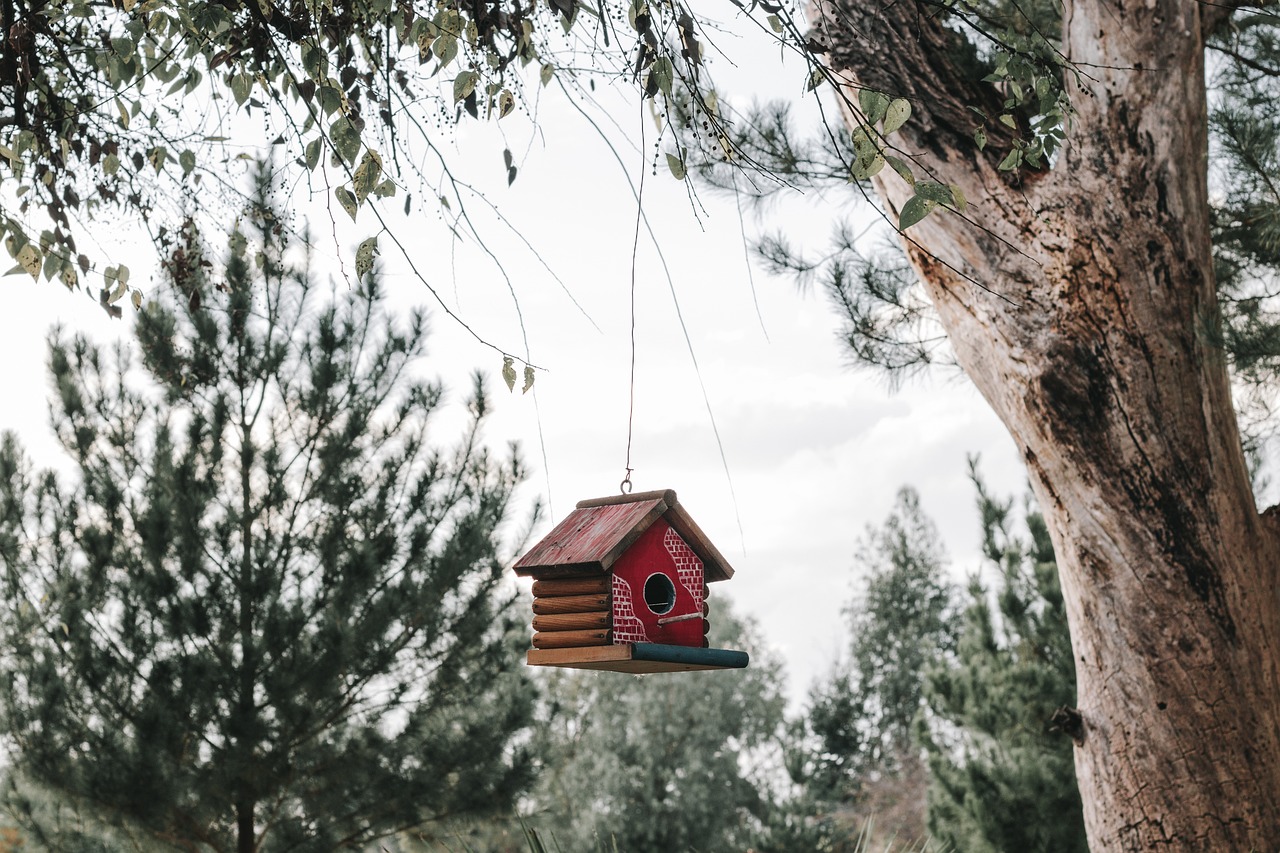
Smart Garden Design
When it comes to creating a garden with minimal upkeep, smart garden design plays a crucial role in reducing the time and effort required for maintenance. By strategically planning the layout of your garden, you can minimize the need for constant care and ensure that your plants thrive with minimal intervention. One key aspect of smart garden design is grouping plants with similar care needs together. This not only simplifies watering and fertilizing routines but also creates a visually cohesive and harmonious garden space.
In addition to grouping plants efficiently, creating easy access for watering and pruning is essential for maintaining a low-maintenance garden. By ensuring that pathways are clear and easily navigable, you can streamline the process of tending to your plants and reduce the time spent on upkeep. Smart garden design also involves considering the natural elements in your garden, such as sunlight exposure and soil quality, to place plants where they will flourish with minimal intervention.
Furthermore, incorporating elements like raised beds or vertical gardening can optimize space and make maintenance tasks more manageable. Raised beds not only provide better drainage and aeration for plants but also reduce the need for bending and kneeling during gardening activities. Vertical gardening, on the other hand, maximizes vertical space, allowing you to grow more plants in a smaller footprint while minimizing ground-level maintenance.
When designing your garden, think about the long-term maintenance implications of your choices. Opt for perennial plants that come back year after year with minimal care, reducing the need for replanting and seasonal adjustments. Consider the overall aesthetic and functionality of your garden layout to create a space that is both visually appealing and practical for your maintenance routine.

Container Gardening
Container gardening is a versatile and efficient way to cultivate plants in a limited space, offering numerous benefits for those looking to create a low-maintenance garden. By planting in containers, you can easily control soil quality, drainage, and sunlight exposure, leading to healthier and more manageable plants. Additionally, container gardening reduces the need for extensive weeding and watering, making it an ideal option for individuals with busy schedules or limited outdoor areas.
One of the key advantages of container gardening is its adaptability. Whether you have a small balcony, patio, or even a window sill, you can utilize containers to grow a variety of plants, from colorful flowers to fresh herbs and vegetables. This flexibility allows you to customize your garden to suit your preferences and available space, creating a personalized oasis that requires minimal upkeep.
When selecting containers for your garden, consider factors such as size, material, and drainage. Opt for containers large enough to accommodate the root systems of your chosen plants, ensuring they have ample room to grow. Additionally, choose containers made from durable materials like ceramic, plastic, or wood that can withstand outdoor conditions and provide adequate insulation for the roots.
To enhance the aesthetic appeal of your container garden, experiment with different plant combinations and arrangements. Mix and match plants with varying heights, textures, and colors to create visually appealing displays that add interest to your outdoor space. Consider using trailing plants to cascade over the edges of containers or incorporating vertical elements like trellises to maximize vertical space.
Proper maintenance is essential for the success of your container garden. Regularly check the moisture levels of the soil to ensure your plants are adequately watered, especially during hot and dry periods. Fertilize your plants as needed to provide essential nutrients for healthy growth, and prune them to maintain their shape and prevent overcrowding.
By incorporating container gardening into your landscape design, you can enjoy the beauty of a thriving garden with minimal effort. Whether you're a novice gardener or a seasoned horticulturalist, container gardening offers a convenient and accessible way to cultivate plants and enhance your outdoor environment.

Seasonal Maintenance Tips
Tips and strategies for designing and maintaining a low-maintenance garden that requires minimal time and effort to keep it thriving.
When it comes to keeping your low-maintenance garden looking its best throughout the year, seasonal maintenance plays a crucial role. Each season brings its own set of tasks and challenges that can impact the health and appearance of your garden. By following these seasonal maintenance tips, you can ensure that your garden remains vibrant with minimal effort.
During spring, focus on tasks such as:
- Pruning dead branches and shaping plants for new growth.
- Checking irrigation systems for any leaks or malfunctions.
- Applying a fresh layer of mulch to retain moisture and suppress weeds.
As summer approaches, consider:
- Regularly watering plants, especially during hot and dry periods.
- Deadheading flowers to encourage continuous blooming.
- Monitoring for pests and diseases and taking appropriate action.
Fall maintenance tasks may include:
- Cleaning up fallen leaves and debris to prevent mold and pests.
- Planting bulbs for spring blooms and dividing overcrowded perennials.
- Preparing your garden for winter by insulating sensitive plants.
Lastly, in winter, remember to:
- Protect tender plants from frost and freezing temperatures.
- Prune dormant trees and shrubs to promote healthy growth in the coming season.
- Plan and prepare for any garden renovations or additions for the upcoming year.
By following these seasonal maintenance tips tailored to each time of the year, you can ensure that your low-maintenance garden remains healthy, beautiful, and thriving with minimal effort.
If you have any questions or concerns about creating and maintaining a low-maintenance garden, check out these frequently asked questions for more insights:
Q: How often should I water my low-maintenance garden?
A: The watering frequency depends on various factors such as plant type, soil moisture, and weather conditions. Generally, aim to water deeply but infrequently to encourage deep root growth.
Q: What are some eco-friendly pest control methods for my garden?
A: Consider using natural predators, companion planting, and homemade organic sprays to control pests without harming the environment.
Q: How can I improve soil quality in my garden?
A: Enhance soil fertility by adding compost, mulch, and organic matter regularly. Conduct soil tests to identify any deficiencies and amend accordingly.
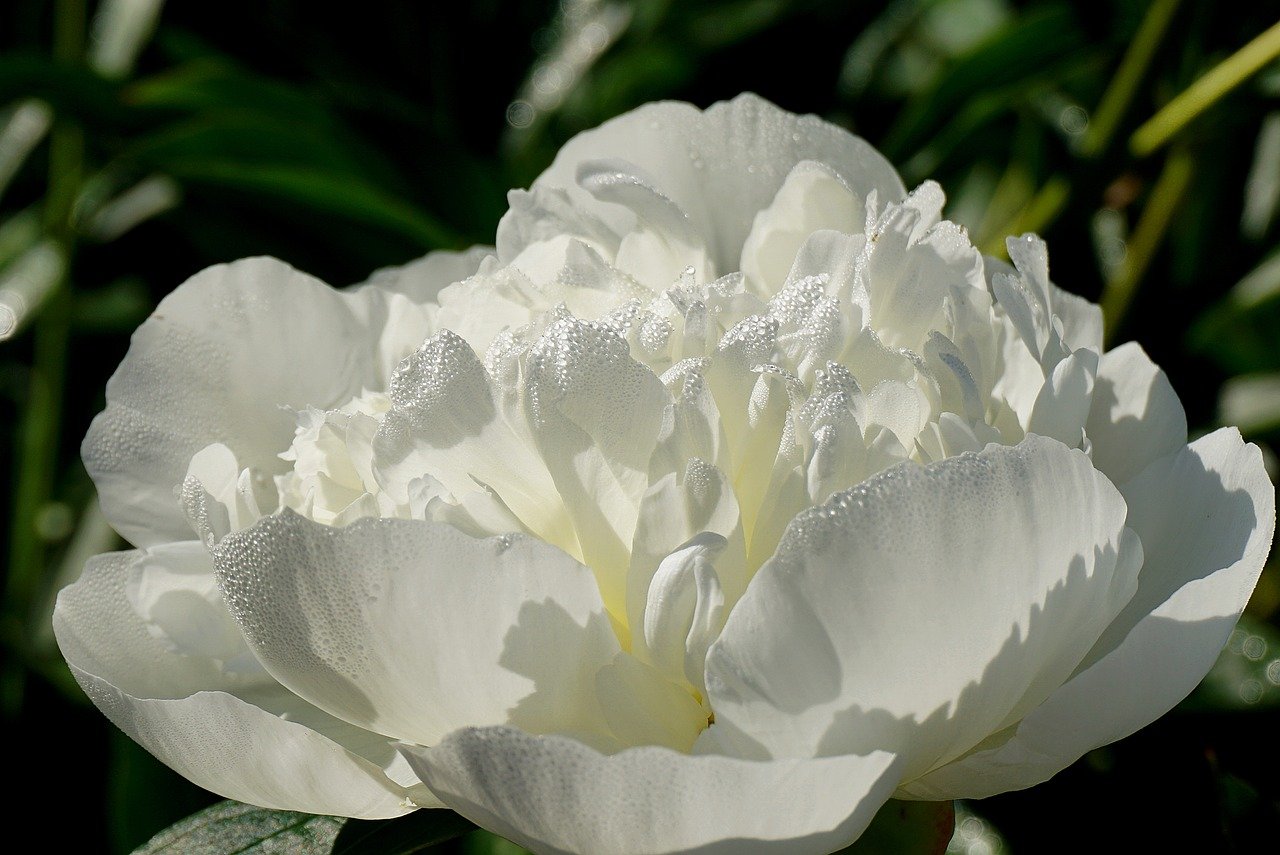
Implementing Eco-Friendly Practices
When it comes to creating a garden with minimal upkeep, implementing eco-friendly practices is not only beneficial for the environment but also for the overall health of your garden. By adopting sustainable gardening methods, you can reduce your carbon footprint and promote a thriving garden ecosystem. One key practice to consider is composting. Composting kitchen scraps and yard waste can enrich the soil with essential nutrients, reducing the need for chemical fertilizers and promoting healthy plant growth.
Another eco-friendly practice is using natural pest control methods instead of harsh chemicals. By attracting beneficial insects, such as ladybugs and praying mantises, you can naturally control pests in your garden without resorting to harmful pesticides. Additionally, planting companion plants that repel pests or attract beneficial insects can help maintain a balanced garden ecosystem.
Water conservation is also a crucial aspect of eco-friendly gardening. Installing a rainwater harvesting system can help you collect and store rainwater for irrigation, reducing your reliance on municipal water sources. Additionally, using drought-resistant plants and implementing water-efficient irrigation systems can further minimize water waste and promote sustainable gardening practices.
Creating a wildlife-friendly habitat in your garden is another eco-friendly practice to consider. By incorporating native plants and providing food and shelter for wildlife, you can attract beneficial pollinators and create a harmonious environment for both plants and animals. This not only enhances the biodiversity of your garden but also contributes to the overall health of the ecosystem.
Overall, implementing eco-friendly practices in your garden not only reduces your environmental impact but also creates a more sustainable and resilient garden that requires minimal upkeep. By composting, using natural pest control methods, conserving water, and promoting biodiversity, you can cultivate a thriving garden that benefits both you and the environment.
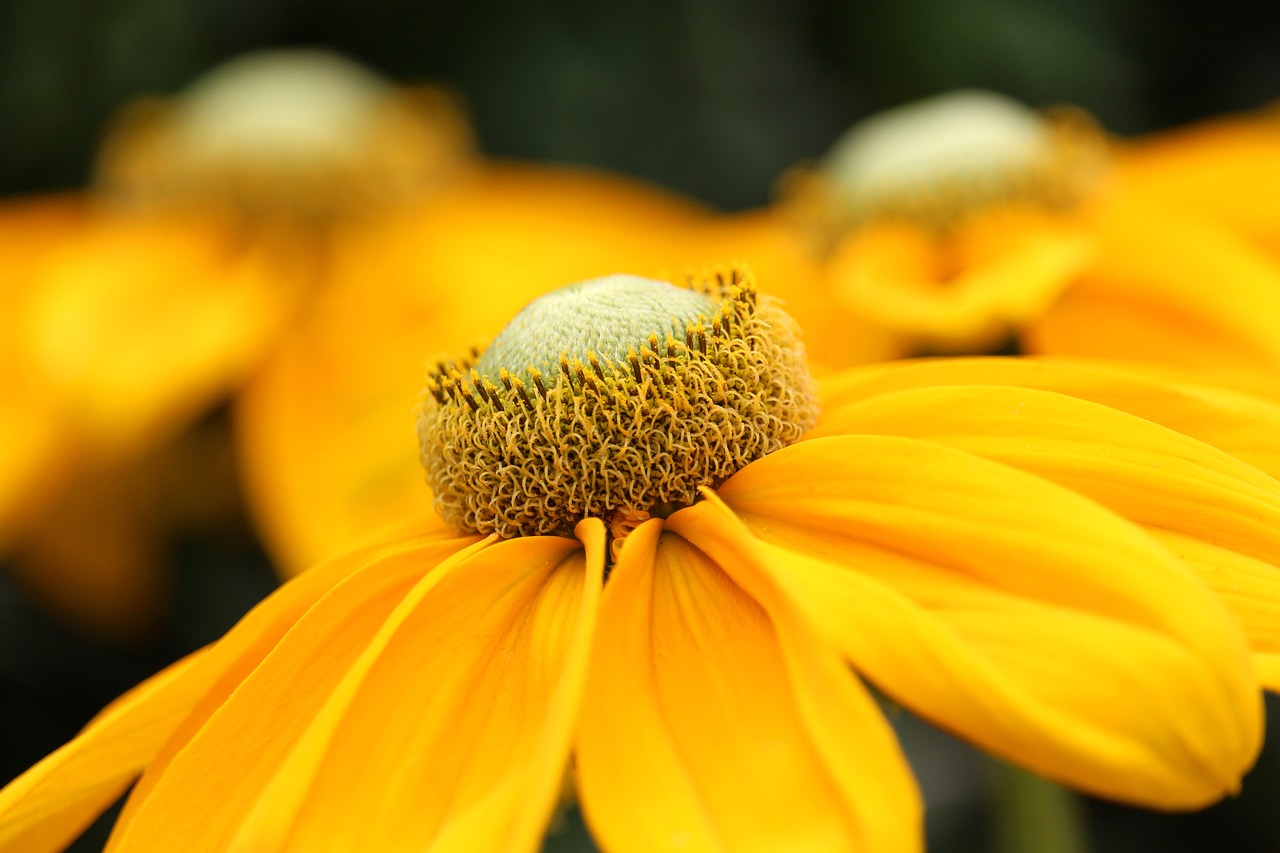
Engaging in Regular Monitoring
Engaging in regular monitoring is a crucial aspect of maintaining a thriving low-maintenance garden. By staying proactive and observant, you can identify issues early on and address them before they escalate, ensuring the health and beauty of your garden.
One effective way to monitor your garden is to establish a routine inspection schedule. By setting aside dedicated time each week to walk through your garden and closely examine your plants, you can quickly spot any signs of pests, diseases, or nutrient deficiencies.
Additionally, keeping a garden journal can be immensely helpful in tracking the progress of your plants and noting any changes or abnormalities. Recording observations, such as plant growth, flowering patterns, and pest sightings, can provide valuable insights into the overall health of your garden.
Another essential aspect of regular monitoring is to pay attention to environmental factors that may impact your garden. This includes monitoring weather conditions, such as temperature fluctuations and rainfall levels, as well as assessing the overall health of the soil and the presence of beneficial insects.
Furthermore, engaging in regular monitoring allows you to take a proactive approach to garden maintenance. By promptly addressing any issues that arise, such as pruning overgrown branches or removing diseased plants, you can prevent problems from spreading and maintain a well-balanced garden ecosystem.
Overall, regular monitoring is key to the success of a low-maintenance garden. By staying vigilant and attentive to the needs of your plants, you can enjoy a beautiful and thriving garden with minimal effort.
Frequently Asked Questions
- What are the benefits of choosing low-maintenance plants for my garden?
Low-maintenance plants require less water, care, and attention compared to high-maintenance varieties. They are often more resilient to environmental conditions, making them ideal for busy gardeners or those looking to reduce their gardening workload.
- How can efficient irrigation systems help in maintaining a low-maintenance garden?
Efficient irrigation systems like drip irrigation or soaker hoses deliver water directly to the roots of plants, reducing water waste and promoting healthier growth. By providing consistent moisture to the plants, these systems help minimize the need for frequent watering and maintenance.
- What role does strategic mulching play in a low-maintenance garden?
Strategic mulching helps suppress weeds, retain soil moisture, and regulate temperature, creating a more stable environment for plant growth. By reducing weed growth and moisture evaporation, mulch can significantly decrease the time and effort required for watering and weeding in the garden.
- How can smart garden design contribute to a low-maintenance garden?
Smart garden design involves planning the layout of your garden to optimize plant care and accessibility. By grouping plants with similar needs together and creating efficient watering and pruning zones, you can minimize maintenance tasks and make caring for your garden easier and more effective.
- What are some eco-friendly practices that can enhance the sustainability of my garden?
Implementing eco-friendly practices such as composting, using natural pest control methods, and conserving water can help create a balanced and thriving garden ecosystem. These practices not only reduce the need for chemical inputs but also promote long-term soil health and biodiversity in your garden.

